The internal combustion engine is broadly classified into 3 types:
-Reciprocating Engines
- Two Stroke
- Four Stroke
- Six Stroke
- Diesel Engine
- Miller Cycle
- Atkinson Cycle
-Continuous Combustion Engines
- Gas Turbine
- Jet engine
& finally just one type of
Rotary Piston Engine also known as the Wankel engine.
Many engineers and inventors who have worked with these engines always hoped for a more elegant prime mover. This idea of a rotary engine was always an intriguing one for all engine designers and automobile manufacturers. One person in particular succeeded in making the concept of the rotary engine work.
Wankel Rotary Engine
His name was Felix Wankel. Let’s look at how the Rotary (Wankel) Engine came into existence. We will also be looking into one particular automobile manufacturer who saw a lot of potential in the Wankel engine and was the only auto-manufacturer who was successful in bringing this amazing engine into the realm of mass-production.
It was this company that in time would take the iconic sports-car and replace it’s heart with a 1.3L Renesis (Wankel) engine and change the way the world looked at sports cars.
Mazda Japan – Headquarters at Hiroshima
This is the story of the working of Felix Wankel’s creation and the adoption of this rotary engine by the famous Japanese automobile manufacturer, Mazda.
THE BIRTH OF THE WANKEL ENGINE:
In 1924, Felix Wankel set up a workshop in Heidelberg where he made his first models of a rotary piston engine. Realizing that the principal problem with such designs was gas tightness, he spent considerable time attempting to resolve it. By 1927, the problems were largely solved.
Felix Wankel with his creation
-During World War II, he worked for the German Luftfahrtministerium (Air Ministry).
-In 1951, Wankel and NSU signed a contract establishing a partnership to develop the rotary piston engine.
-On 13 April 1954, the first Wankel rotary engine was built by NSU – Vier Takte in einer Maschine, das sind vier Erfindungen in einer einzigen (Four cycles in a single engine are no less than four inventions in one)
Parts of the Wankel Engine:
There are some terms specific to the rotary engine that may help you understand its operation:
Rotor
A rotor is a somewhat triangular shaped engine component. It is roughly equivalent to the piston of a conventional engine, except that it has a total of three combustion surfaces (located between each apex) to the piston’s one (the top or face of the piston).
Apex
Each rotor has three apexes, which are the points of the triangular shape of the rotor.
Eccentric Shaft
The rotors drive the eccentric shaft, which is the equivalent of the crankshaft in a piston engine.
Rotor Housing
A rotary engine consists of a sandwich with several layers. The rotor housing is one such layer that is the same width as, and contains a rotor. The inner shape of a rotor housing, which the rotor’s apexes follow, is called a peritrochoid curve. These housings contain the exhaust ports*.
Side Housing
A side housing is another layer of a rotary engine sandwich that is much like the bread of a regular sandwich. Every rotary engine has exactly two of these as they are the layers that cap each end. These housings generally contain intake ports.
Intermediate Housing
The intermediate housing is found between two rotor housings. Because the rotary engines found in RX-7s have two rotors, they have only one intermediate housing. Intermediate housings also contain intake ports.
Working of a Wankel Engine:

How the motion of this three sided rotor traces a path! We are using a graph and a little imagination! And it is a representation of the path in some cases.
The space between the rotor and the rotor housing provides the space for fuel combustion. This space acts as the combustion chamber. It uses the pressure of the expanding gases to turn the 3 sided rotor.
Q-Why is the Combustion Chamber Eccentric in shape?
If the rotor was placed in the centre of a completely circular combustion chamber then there would be no difference in the working volumes of the fluid inside the combustion chamber during combustion.
If the air-fuel mixture were ignited then the pressure in the chamber after combustion would never be able to get the rotor spinning.
This is the reason why the rotor was housed in this “non-circular” chamber. The geometric shape of the combustion chamber is called a trochoid.
It is also mounted on an eccentric rotor shaft to aid the creation of pressure changes in the combustion chamber.
Working of the Wankel Engine:
Stage 1) Intake (Suction)
- The air-fuel mixture or charge is sucked in from the intake manifold
- The blue gas shows the region of the combustion chamber the charge enters from and how much space it occupies.
Stage 2 – Compression
- The charge that was taken into the combustion chamber is compressed.
- This happens due to the reduction in the working area between one side of the three-rotor piston and the wall of the troichod shaped combustion chamber.
- The eccentricity of the shaft on which the rotor is mounted also plays a very important role in ensuring varying fluid working areas as the rotor rotates.
Stage 3 – Ignition
- Two spark plugs located at the right side of the combustion chamber ignite the compressed air-fuel charge.
- The top spark plug discharges a spark first followed by the spark plug below it to ensure directional flame travel and directional expansion of combustion gases.
Stage 4 – Combustion:
- The production of a high voltage spark at the tip of the spark plugs ignites the air-fuel mixture.
- This produces hot gases of combustion which are under great pressure and expand in volume to produce useful work.
- The useful work is transmitted by using a shaft connected to the rotating rotor.
Stage 5 – Exhaust
- The gases of combustion after being used to produce work is let out the exhaust port into the exhaust manifold.
- This exhaust gas may be used to power a turbocharger to increase the volumetric efficiency of the engine.
So basically the strokes of the ICE remain the same but the way power is produced differs a lot in comparison with regular reciprocating piston ICEs.
So to sum up the entire working of the engine lets look at the image below:
ADVANTAGES OF THE WANKEL ENGINE:
- The Wankel rotary engine is much lighter compared to a reciprocating engine with the same power power output.
- They contain far fewer moving parts in comparison with piston engines.
- They do not need complex valve and spring arrangements for intake and exhaust since the simple ports used in this engine achieve the same function that spring loaded valves are supposed to do.
- There are no connecting rod.
- There is no crank-shaft.
- These engines give smooth power delivery in comparison with piston reciprocating engines.
- Their power to weight ratio is also much better than regular reciprocating piston engines.
DISADVANTAGES OF THE WANKEL ENGINE:
- The rotor must seal at the apexes where it is in contact with the combustion chamber.
- This is to prevent transference of gasses between two stages. eg: Compression>>Ignition stage.
- The trailing side of the rotary engine’s combustion chamber develops a squeeze stream which pushes back the flamefront.
- This squeeze stream prevents the flame from propagating to the combustion chamber’s trailing side in the mid and high engine speed ranges.
- All Wankel engines burn a small quantity of oil by design; it is metered into the combustion chamber to preserve the apex seals. Owners must periodically add small amounts of oil, thereby increasing running costs.
Initially I thought I would write about Mazda’s history with the Rotary engine, which is truly amazing, however if I do try doing that in my own words it would still be considered as “copying” (it’s a very mild word for plagarism 😀 ). So I will post links to the official website that will give you an amazing insight into Mazda’s relationship with rotary Wankel engines instead.
I however will be posting some open-source images (yes! i checked them best of my extent) of the various releases Mazda made in chronological sequence along with time windows of the launches. It was open-source for me and it will be open source to you too!
Lets go:
First the link:
Everything from the “nailmark of the devil” to the RX-8 can be found here! Enjoy!
http://www.mazda.com/mazdaspirit/rotary/story/p2.html
And now for some visually stimulating Mazdas all of which use the Rotary Engine!.
Mazda Familia Coupe RX-1
Mazda RX-2
Mazda RX-3
Mazda Luce
Mazda Parkway Rotary (Yes! A Bus!)
Mazda Cosmo Sport
Mazda RX-7
Mazda RX-8
See you all in my next post! Till then Happy Reading ^_^
Copyrights:
A special thanks to Matt Rittman for his amazing video on the Wankel engine! It accurately depicted the stages of working of a Wankel Engine! Thank you so much! 🙂 I used the video to make a few images of my own!
P.S: I contacted Matt and I am happy to announce that he has given me permission to use his work in my post! Thanks for the prompt reply Matt!

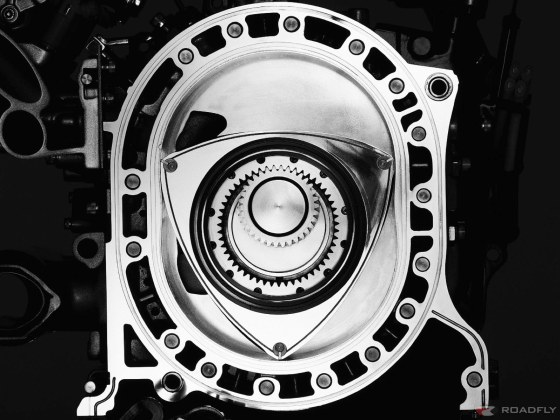


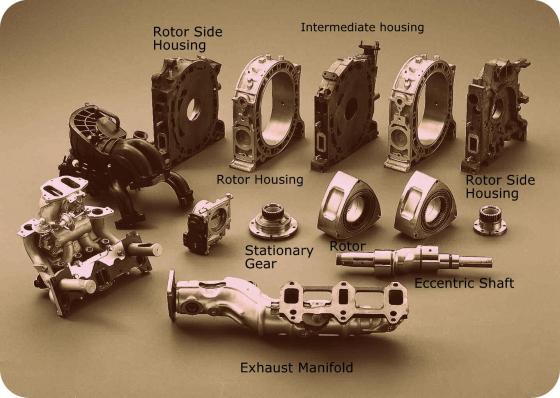




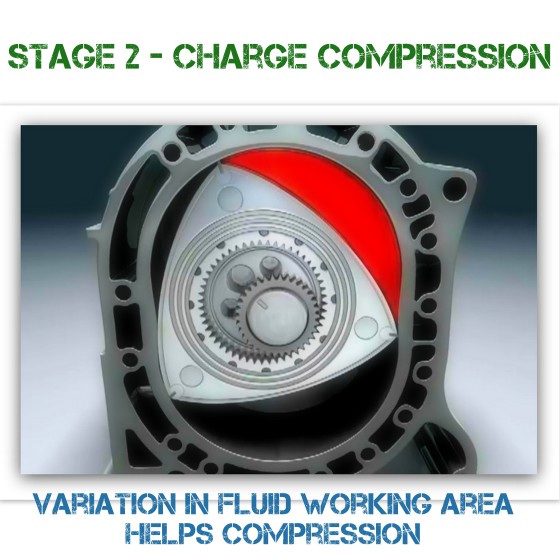


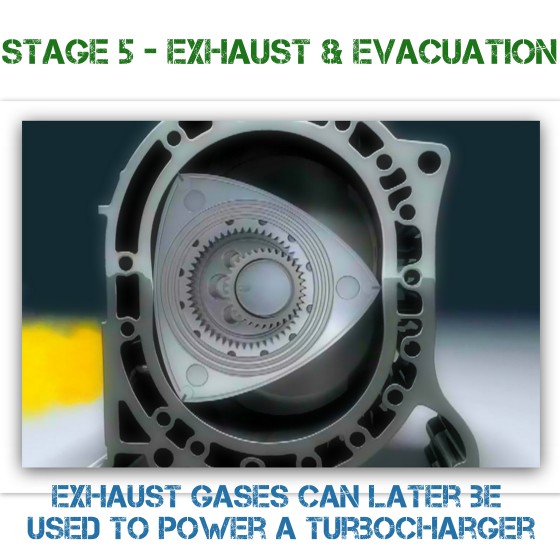





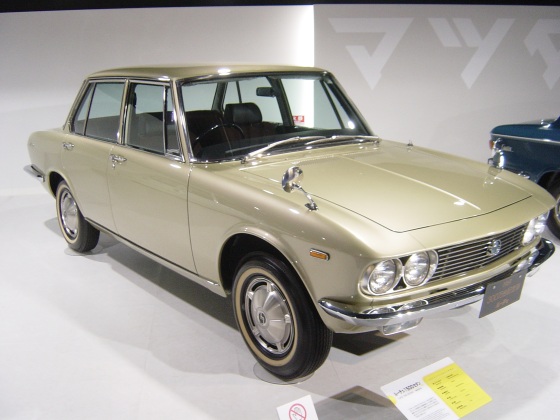




Could I register for your articles?? I don’t know how to do it and don’t want to miss your next ones.
Absolutely! 🙂 You can either click the “Follow” Button on the bar at the top of the page if you are on WordPress.
Else you can follow the link below to the official Google+ page for the site where all further updates will be posted. 😀
https://plus.google.com/b/106043832742224801671/106043832742224801671/posts
Sorry for not having a post up in the recent past. I have had lesser time to dedicate myself to reading and writing more! I will surely post an interesting read soon!
Thanks for your interest and stay posted! 🙂